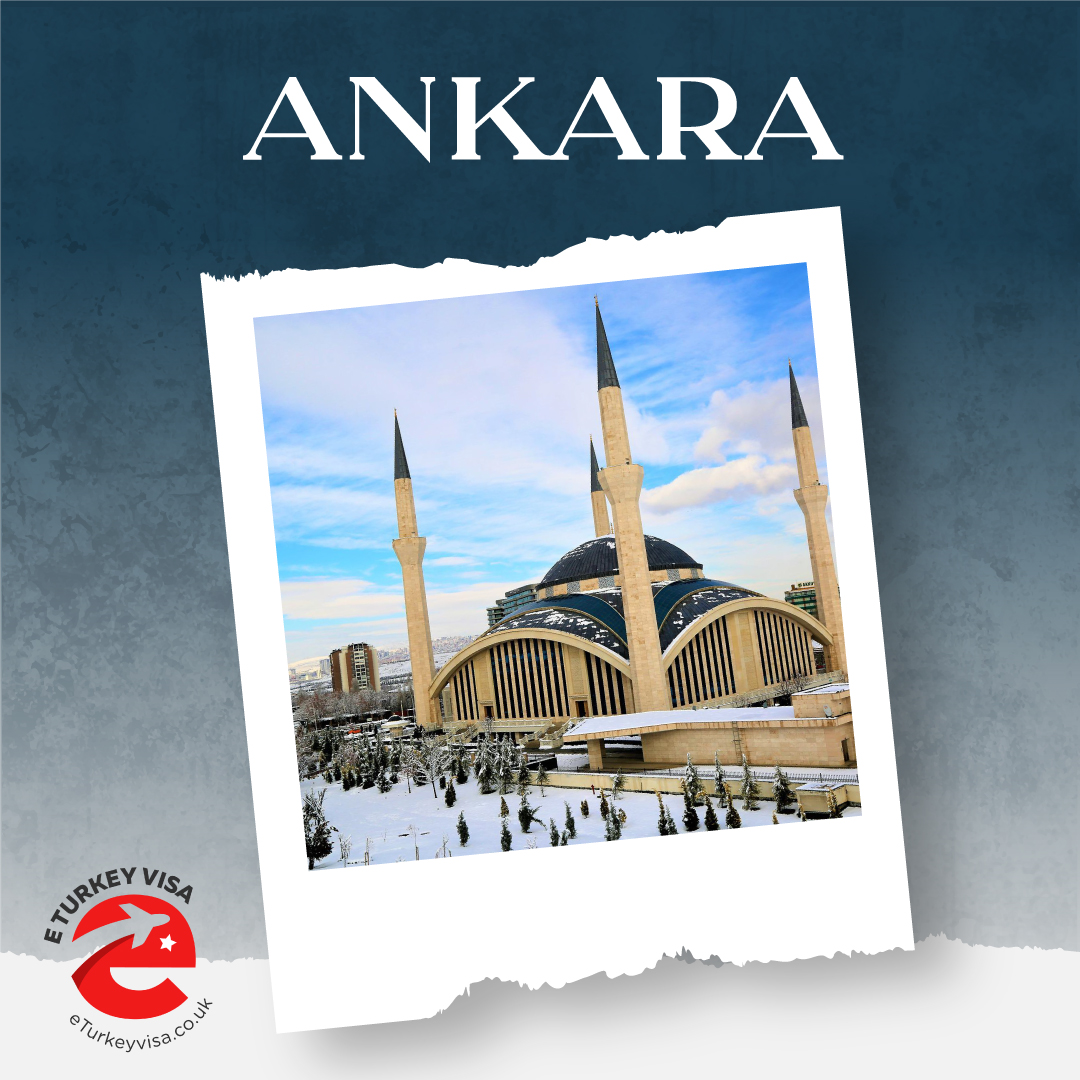ANKARA
Turkey's capital is Ankara. The city, which is situated in Anatolia's center, has 5.1 million people living in its urban core and a total population of about 5.7 million.
Ankara, which took the place of Istanbul as the nation's capital after the fall of the Ottoman Empire in 1923, served as Atatürk's administrative centre beginning in 1920. Ankara is a significant economic and industrial metropolis and the hub of Turkey's road and rail networks, with the government serving as a significant employer. The long-haired Angora goat (from which mohair is derived), the Angora cat, and the wool cut from Angora rabbits are all named after the city. Pears, honey, and muscat grapes are other local specialties. Ankara can be regarded as a green metropolis despite being located in one of Turkey's driest regions and being primarily surrounded by steppe flora, with the exception of the forested areas on the southern boundary. The city of Ankara is very old. A rocky hill rising 150 metres above the left bank of the Ankara ay, a tributary of the Sakarya River, the classical Sangarius, is the location of the town's historical centre. The historic citadel's remnants continue to stand as the hill's summit. There are well-preserved examples of Roman and Ottoman architecture all across the city, despite the fact that few of its outworks have remained.
Mohair, as well as the exquisite fruit and wheat farmed nearby, are sold and processed in large quantities in Ankara. The city is full with contrasts. The historic citadel's ruins served as the foundation for the old quarter's congested structures and twisting streets. The newly constructed city, which was designed in 1928, has vast boulevards, libraries, museums, embassies, government buildings, as well as chic stores and hotels. A noteworthy collection of Hittite artefacts can be found in the Museum of Anatolian Civilizations.

The cities of Konya and Istanbul are connected to Ankara via high-speed rail. Since 1955, Esenboa has served as the capital's main international airport.
Ankara has a lot of interesting landmarks to explore that include Ankara Castle, Sultan Alaeddin Mosque, Haci Bayram Mosque, Kocatepe Mosque, Anatolian Museum of Civilization, tate Art and Sculpture Museum, Atatürk Forest Farm and Zoo, Ankara Opera House, and many more!
Ankara Castle:
One of the city's oldest landmarks, the Ankara Castle has been a part of three different empires: the Roman, Seljuk, and Ottoman. Here is a look at the history of the building that overlooks the city and has grown to be a highly well-liked tourist attraction for both locals and visitors. The castle is made up of an exterior line of walls with towers placed around 40 metres apart and an interior line of walls with towers that surround an area roughly 350 metres by 150 metres. Large amounts of recycled masonry were used to build both sets of walls. Although the exact dates of their construction are unknown, they both predate the Persians' probable 622 AD capture and destruction of Ankara.
The castle now is an aesthetic synthesis of various historical periods that have left their unique imprint in some fashion. Within the castle's perimeter wall are some really lovely ancient Ankara houses made of wood, mud brick, and tile. The castle is an excellent site to observe the sun setting over the enormous capital city since it offers a very remarkable contrast between the old and new parts of Ankara.
Ulucanlar Prison Museum:
The Republic of Turkey's first prison, Ulucanlar Prison, was constructed in 1925 AD, closed in 2006 AD, and reopened in June 2011 with a completely new identity. Today, the prison is regarded as a museum and a center for culture and the arts, drawing many tourists and locals. The prison is distinctive to Ankara and offers a moving and educational tour of the nation's complex history.
Alâeddin Mosque:
The Alaeddin Camii is Turkey's oldest Seljuk mosque, having been finished in 1220. It is carved into the hill that serves as Konya's castle, and its pointed arch and the rounded domes atop two tombs stand out against the city's background. All Seljuk sultans who reigned after 1156—except Izzeddin Keykawus—are buried there
Despite having an elliptical, hypostyle layout reminiscent of classical Arabic architecture, the structure is distinctly Seljuk. It combines two significant reconstruction initiatives by Sultans Izzeddin Keykawus and Alaeddin Keykawus.
The entrance portal is embellished with ingeniously interlocked voussoirs and alternating bands of grey and white marble. Many of the stone kinds utilized in building construction were previously employed in Byzantine structures.
Once inside, 42 columns from old buildings are employed to divide the hall into bays and aisles. They support the vaulted stone roof. The ebony minbar, which is thought to be the only piece remaining from the first mosque, dates to 1155. The dome's builder, Kerimeddin Erdim Shah, is likely responsible for the mihrab's three-tone blue tiles.
With its impressive historical architecture and beautiful ambiance, Ankara is a must-visit place in Turkey.

